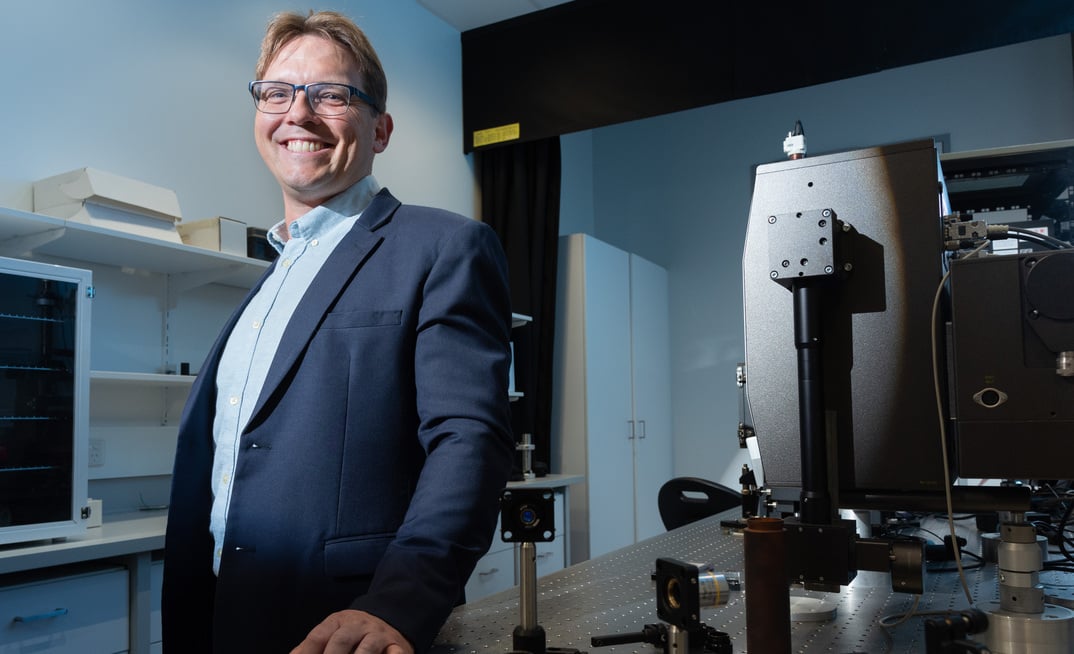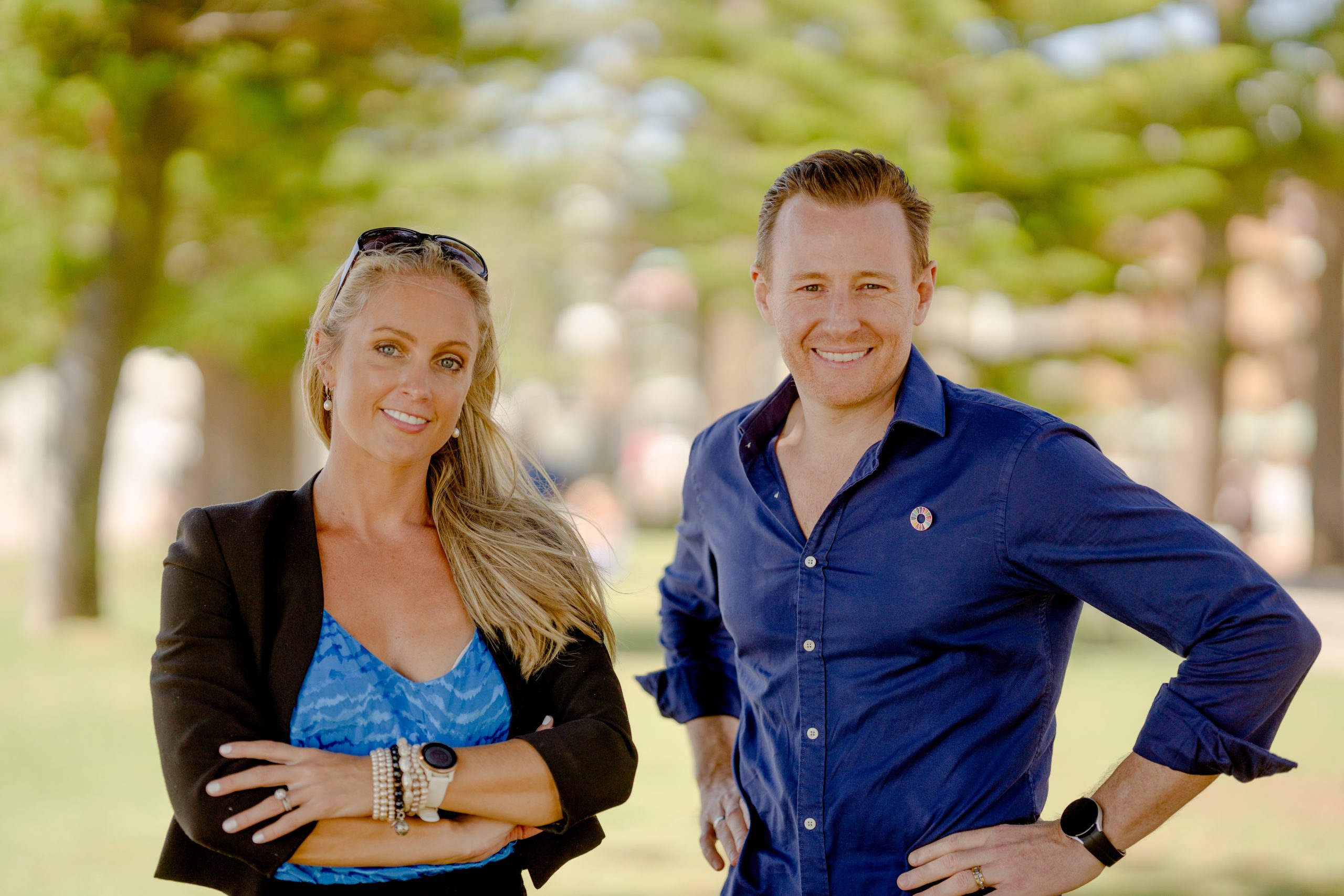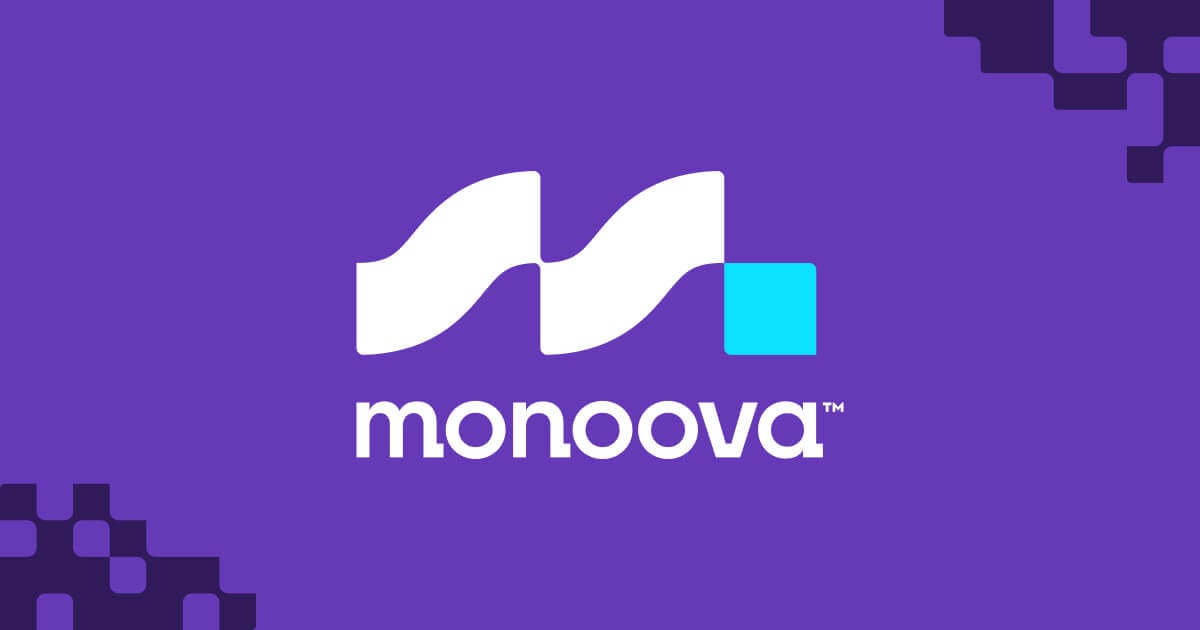This monthly column by Jeremy Liddle, Executive Director of Third Hemisphere, was originally published in The Australian and Stockhead. You can also read it in The Daily Telegraph, MSN, Herald Sun, Townsville Bulletin, The Courier Mail, The Advertiser, Cairns Post, The Chronicle, The Mercury, NT News, Geelong Advertiser, and Gold Coast Bulletin.

Navigating the Invisible: The Challenges of Indoor Wayfinding
Ever tried navigating an indoor space – say the local mall or hospital – and gotten lost?
You’re not alone. Millions of people get lost indoors every day.
And the GPS that Google Maps uses is useless in many built environments.
Now add some form of disability – which, at one in every six people in Australia, isn’t the niche problem you might assume.
And what you have is an invisible problem that Google Maps fails to solve, that is a great example of an enormous set of tech investment opportunities.
Ever get lost in a hospital?
It sucks being in hospital, whether as a patient or a visitor. Given how overworked our healthcare system has been in the past three years, I dare say it can sometimes suck as a hospital employee too.
The cost of getting lost isn’t something that many businesses have quantified. But one hospital has done just that.
Research performed at a 460-bed Melbourne hospital in 2016 found that staff reported spending at least 2.5 per cent of their time every shift giving directions or escorting patients or visitors around the hospital.
This time spent on non-medical activities added up to an estimated $2,200,000 per annum in labour costs, even before adjusting for inflation.
To make matters worse, the same research found that an incredible 76 per cent of all complaints made to the hospital related to poor navigation.
These complaints showed that poor wayfinding caused patients and visitors alike (both of whom are often already stressed) to become frustrated, angry, and sometimes even violent. Critically, patients would miss appointments and even fail to undergo treatment as a result of this stress.
And it’s not even just labour costs and health outcomes on the line.
The Sunshine Coast University Hospital in Queensland is set to fork out an eye-watering $5 million for renovations, after it was sued by a man who was blind in 2021 for non-inclusive design that contravened disability legislation.
This is despite the hospital appearing to comply with all relevant building codes – leaving the rest of our healthcare system potentially at risk of similar lawsuits.
So what’s a company that doesn’t want to be sued, lose labour costs, or frustrate its stakeholders to do?
Newsflash: people with a disability matter too
We’ve entered a new era where customers, investors, employees and other stakeholders expect companies to play a greater role in creating a better and more equitable society.
This means businesses of all sizes must seriously consider their responsibility towards society and the environment. When it comes to the ‘S’ (social) in ESG, accessibility plays a larger role in fostering diversity, equity, and inclusion than many businesses realise.
But it also matters to our productivity as a nation.
As an example, people with disabilities who are of working age have a lower employment rate (48 per cent) compared to those without disabilities (80 per cent).
People with profound or severe disabilities have an even lower employment rate (24 per cent) compared to other kinds of disabilities.
And according to the Australian Human Rights Commission, nearly half (45.2 per cent) of all employed people with disability have experienced unfair treatment or discrimination from their employer as a result of their disability.
So one important solution to labour productivity shortages that we cannot overlook is this untapped market.
‘Better than Google Maps’
Investors wondering where the next big opportunity is coming from should be considering technology serving this untapped market.
Inclusivity technologies are often created by people with a disability, for people with a disability. But this doesn’t mean people with a disability will be their only users: their underlying technology is almost always applicable to a significantly wider target market.
In the case of Sydney-based startup, BindiMaps, this target market is “literally every single person who has ever tried to navigate an indoor space”.
That’s quite a sizeable market!
And the possibilities for some of these startups are extraordinary. For instance, BindiMaps has created what they call the “Google Maps for indoors”. But when you actually look at the complexity and quality of the technology, this phrase may sell them a little short.
The BindiMaps app uses sophisticated navigation algorithms, Bluetooth beacons, and smartphone sensors to provide users with accurate, real-time, and step-by-step directions within indoor environments.
By not relying on GPS, its accuracy is 10 to 20 times higher than Google Maps can provide for indoors. The provision of hyperlocal detail means users can also be directed towards tiny details like entrances, bathrooms, and even hand sanitiser stations.
Its unique Navigation Language Framework has been developed with input from huge numbers of users who are blind and vision-impaired, providing navigation instructions that work for every single body, not just the able-bodied.
Orientation accuracy ensures that users who are blind know at all times which direction they’re facing, while the tech can also be localised and personalised, tuned to specific user and client needs. This means users can tag their own desks or other significant indoor spaces in their workplace, so they don’t have to rely on anyone to guide them at any point during a regular day in the office.
And the tech can also describe where users are and what’s around them, using audio or visual directions. There are also wheelchair accessible routing options, among other options specifically catering to the disabled community.
BindiMaps is one of a cohort of exciting emerging Australian companies building technology for the disability sector, which could benefit the lives of hundreds of millions of people globally – disabled or otherwise.
Investors would be well-served opening their mind to this kind of opportunity.










